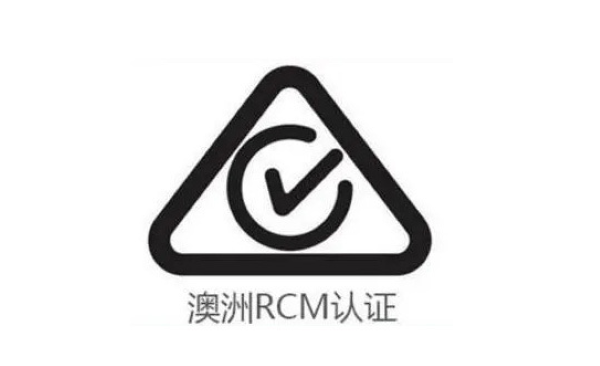On February 7, 2023, ECHA published the details of the proposal submitted by Denmark, Germany, the Netherlands, Norway and Sweden to ECHA on adding restrictions on the manufacture, marketing and use of PFAS in the REACH restriction section. At the same time, ECHA has also started to assess the risks to human and environment and the impact on society of the proposal. It is expected that a six-month public consultation will be launched in March 2023, and the European Commission will subsequently issue a decision on whether to add PFAS control in the REACH restriction.
According to incomplete statistics, there will be more than 10000 PFASs subject to the restriction of this proposal. If it is approved, it may become one of the largest chemical bans in the history of Europe and the most extensive regulation of the chemical industry in the EU.
Definition of PFASs substances in the EU restriction proposal
PFAS refers to substances containing at least one fully fluorinated methyl (CF3 -) or methylene (- CF2 -) carbon atom (without any H/Cl/Br/I atom).
When a substance only contains the following structural elements, it is not included in the scope of this restriction:
● CF3-X or X-CF2-X '
● X is – OR or - NRR '
● X 'is methyl (- CH3), methylene (- CH2 -), aromatic group, carbonyl (- C (O) -), - OR' ', - SR' 'or - NR''R '' '
● R/R '/R' '/R' '' is hydrogen atom (- H), methyl (- CH3), methylene (- CH2 -), aromatic group or carbonyl (- C (O) -)
EU proposed restrictions
1. It is prohibited to produce, use or put on the market as the substance itself.
2. It is prohibited to put on the market as a component, mixture or article of another substance unless the following conditions are met:
(1) The content of any PFAS determined by the target PFAS analysis is less than 25 ppb (except the content of PFASs in the polymerized state);
(2) All PFAS substances detected by the target PFAS analysis are less than 250 ppb (except the content of polymerized PFASs);
(3) If the content of PFASs is lower than 50ppm, the content of PFASs in the polymerized state shall be included. If the content of fluorine element exceeds 50mg/kg, the importer or downstream user shall submit the certificate of fluorine content of PFAS or non-PFAS substances according to the requirements of law enforcement agencies.
3. Points 1 and 2 shall apply 18 months after the restriction comes into force.
What is PFAS?
PFAS is the abbreviation of Per and Polyfluoroalkyl Substances, namely perfluoro and polyfluoroalkyl compounds. It is a large class of chemical substances composed of thousands of synthetic chemicals, including PFOS (perfluoro octane sulfonic acid) and PFOA (perfluoro-n-octanoic acid).
PFAS contains the strongest chemical bond in organic chemistry -- carbon-fluorine bond, so it is difficult to be destroyed and degraded in the process of use and in the environment, leading to the fact that most PFAS can easily migrate from its emission source to the remote environment. At present, PFAS has been found in snow water in the Antarctic and Arctic. Therefore, PFAS is a persistent organic pollutant.
Use of PFAS
PFAS is widely used because of its unique ideal characteristics. For example, they have stable performance at high temperature, have the characteristics and functions of surfactants, and can be used as water and oil detergents. The main industrial industries using PFAS include aerospace and defense industry, automobile, civil aviation, textile, leather and clothing, construction and household products, electronics, fire protection, food processing and medical supplies.
In the past few decades, scientists and competent authorities of various countries have assessed and determined that long-chain PFAS will cause adverse effects on human health and the environment. Global PFAS manufacturers have begun to use short-chain PFAS or non-fluorinated substances to replace long-chain PFAS.
Why is PFAS disabled?
PFAS cannot be decomposed by photodegradation, thermal degradation, biodegradation or other chemical means, nor can it be metabolized in organisms. It has strong persistence and bioaccumulation, so it is also known as "forever chemical".
The excellent thermal and chemical stability of PFAS is harmful to the environment and human health. Once a large amount of PFAS enters the organism, especially the human body, it is likely to cause cancer risk and endanger human health.
Warm tips
The six-month public consultation stage will be officially launched on March 22, 2023. ZRLK suggests that relevant enterprises take this opportunity to actively express their opinions, and timely adjust their development strategies and compliance strategies according to the development of the restriction proposal process to minimize the possible impact of this restriction.












